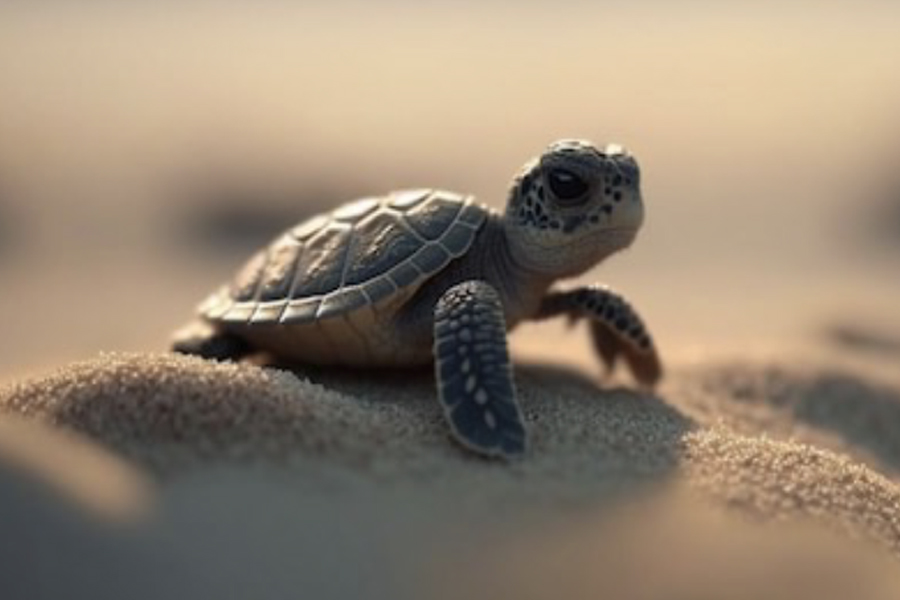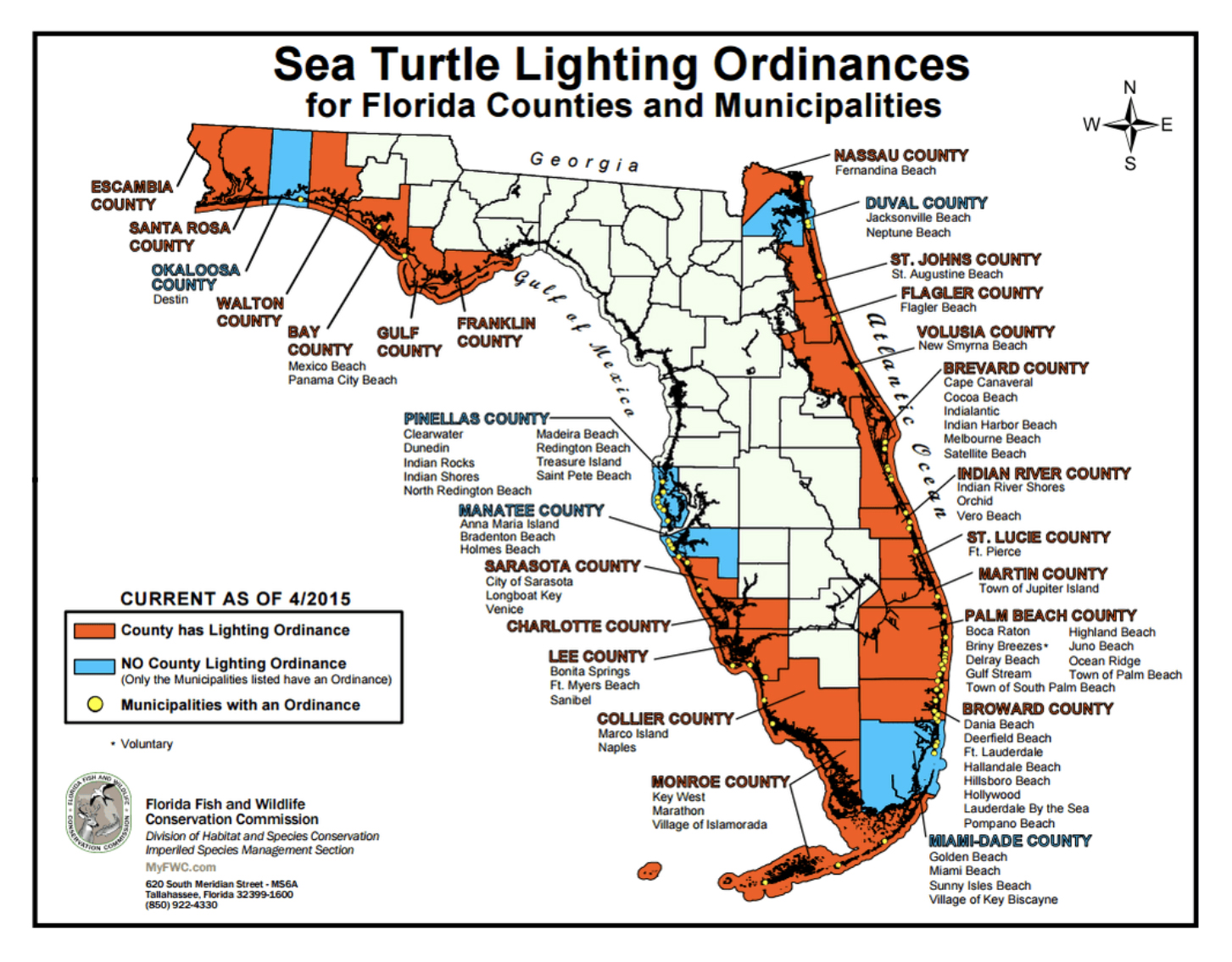Blog
Turtle Safe LED Lights
LED lighting has evolved from strictly saving energy to prevention of light pollution and environment conservation such as protecting coastal habitats like sea turtles and wildlife. Thousands of sea turtles are affected every year because of the electric lighting along beachfront properties around the country. It is our responsibility to minimize one of the major ecological disturbances on the declining sea turtle species by reducing light pollution.

Turtles use the natural light from the moon and stars to navigate, but artificial lights can confuse them and lead them away from their natural habitats. To avoid this, there are few guidelines to follow when we design turtle safe LED lighting.

To meet the criteria for Wildlife Lighting, a fixture or lamp must meet all the following three criteria:
- 1.Keep it LOW -- Mount fixtures as low as possible.
Low mounted fixtures provide more light directly on the ground where it is needed for human safety. This also reduces the potential of the light source or lamp from being directly visible. Use the lowest wattage or lumen output necessary for application.
- 2.Keep it LONG – Use long wavelengths (in the range of 570-610nm) light sources such as amber, orange, or red LEDs without the use of filters, gels, or lenses. Using long wavelengths light sources is less disruptive to marine turtles than white or multi-colored lights. Short wavelengths light sources, PC Ambers, RGBs, dual lighting boards, and color change options are not acceptable.
- 3.Keep it SHIELDED – The fixture must meet or exceed full cutoff.
This is defined as no light emitting above a 90-degree plane. Lighting fixtures must be downward-directed and must be shielded so that the lamp or glowing lens is not directly visible.
Regulations: Some local and state regulations require the use of turtle safe lighting for outdoor lighting. Guidelines for turtle-safe lighting have been established by organizations such as the Florida Fish and Wildlife Conservation Commission and the International Dark-Sky Association. It is essential to research and follow the regulations and guidelines in your area to ensure the well-being of turtles.

